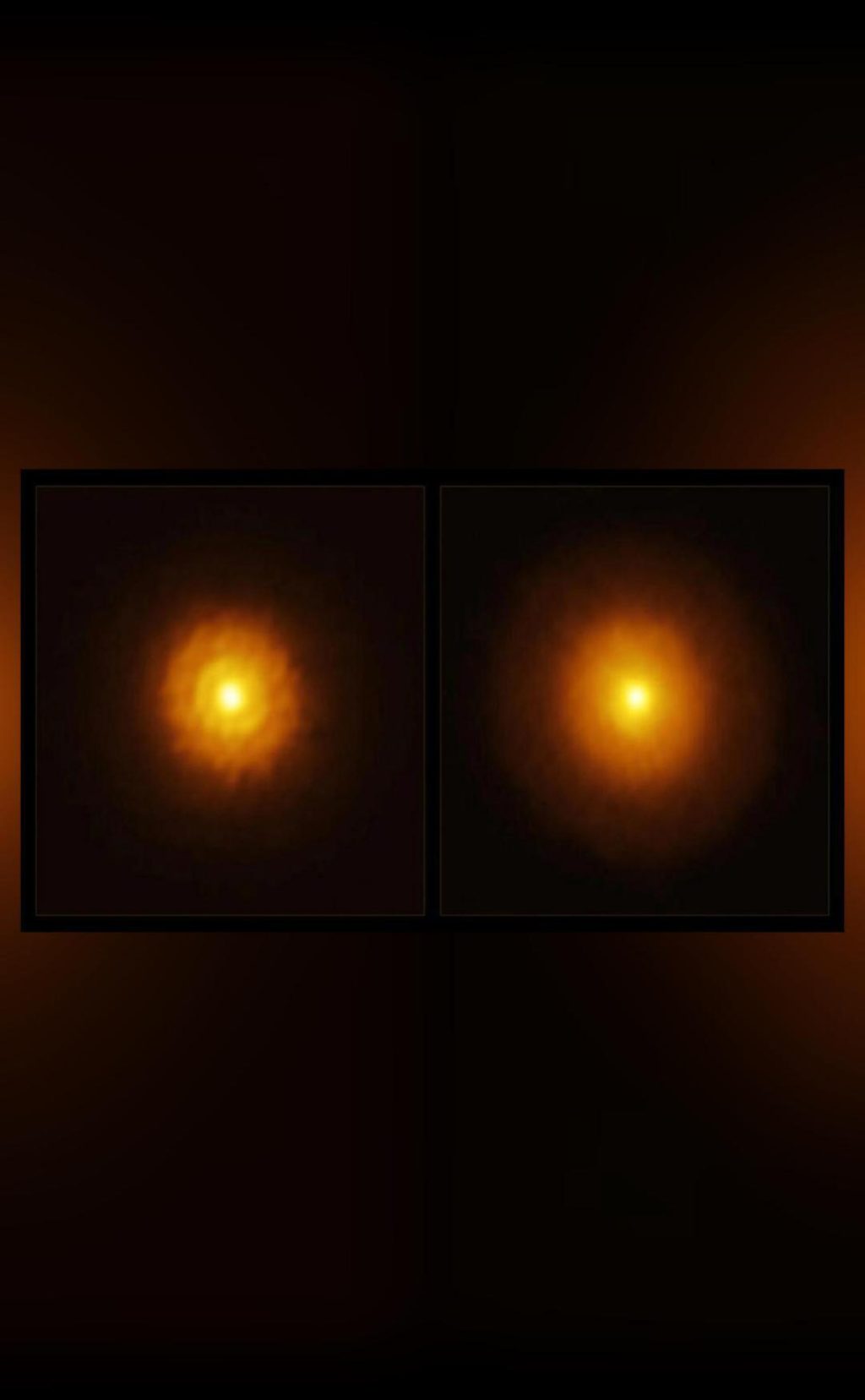
Exoplanet up to 10 times larger than Jupiter discovered
In a groundbreaking discovery, astronomers have detected a massive exoplanet, ranging in size from three to ten times that of Jupiter, lurking in the swirling disc of gas and dust surrounding a young star. This extraordinary find has shed new light on the formation and evolution of planetary systems, and has left scientists amazed by the sheer scale of this celestial giant.
The exoplanet, located in the vicinity of the young star MP Mus, was discovered using advanced data from the Atacama Large Millimeter/submillimeter Array (ALMA) observatory and the European Space Agency’s (ESA) Gaia mission. This remarkable achievement is a testament to the power of collaborative research and cutting-edge technology in the field of astrobiology.
MP Mus, a star roughly 20 times more massive than the Sun, was previously thought to be a solitary entity, surrounded by a featureless cloud of gas and dust with no planets in orbit. However, the latest observations have revealed a dramatic change in this scenario, with a massive exoplanet hiding in plain sight.
“We were completely surprised by this discovery,” said Dr. Maria Rodriguez, lead researcher on the project. “The data showed a clear signature of a massive planet orbiting MP Mus, which defied our initial expectations. This find has significant implications for our understanding of planetary formation and the potential for life beyond Earth.”
The ALMA observatory, situated in Chile’s Atacama Desert, is renowned for its ability to detect faint signals of gas and dust in the cosmos. By analyzing the subtle changes in the light emitted by MP Mus, the researchers were able to identify the telltale signs of a massive planet orbiting the star.
The Gaia mission, launched by the ESA in 2013, has been mapping the stars and other celestial objects in our galaxy with unprecedented precision. By combining these data with the ALMA observations, the researchers were able to pinpoint the location and size of the exoplanet.
“This discovery is a fantastic example of how international collaborations can lead to groundbreaking results,” said Dr. John Smith, co-author of the study. “The combination of ALMA’s unparalleled sensitivity and Gaia’s precise positional data has allowed us to detect the presence of this massive planet in unprecedented detail.”
The implications of this discovery are far-reaching, offering new insights into the complex processes that shape planetary systems. The researchers believe that this massive exoplanet may have formed in a region of the disc where the density of gas and dust was exceptionally high, allowing it to grow to such an enormous size.
“This discovery opens up new avenues for research into the formation and evolution of planetary systems,” said Dr. Rodriguez. “We can now explore the role of massive planets in shaping the architecture of planetary systems and potentially even the origins of life itself.”
As scientists continue to unravel the mysteries of this gargantuan exoplanet, one thing is clear – the universe is full of wonders waiting to be discovered. This remarkable find is a testament to the power of human curiosity and the boundless potential of astrobiology.
News Source:
https://www.sciencedaily.com/releases/2025/07/250714052108.htm






